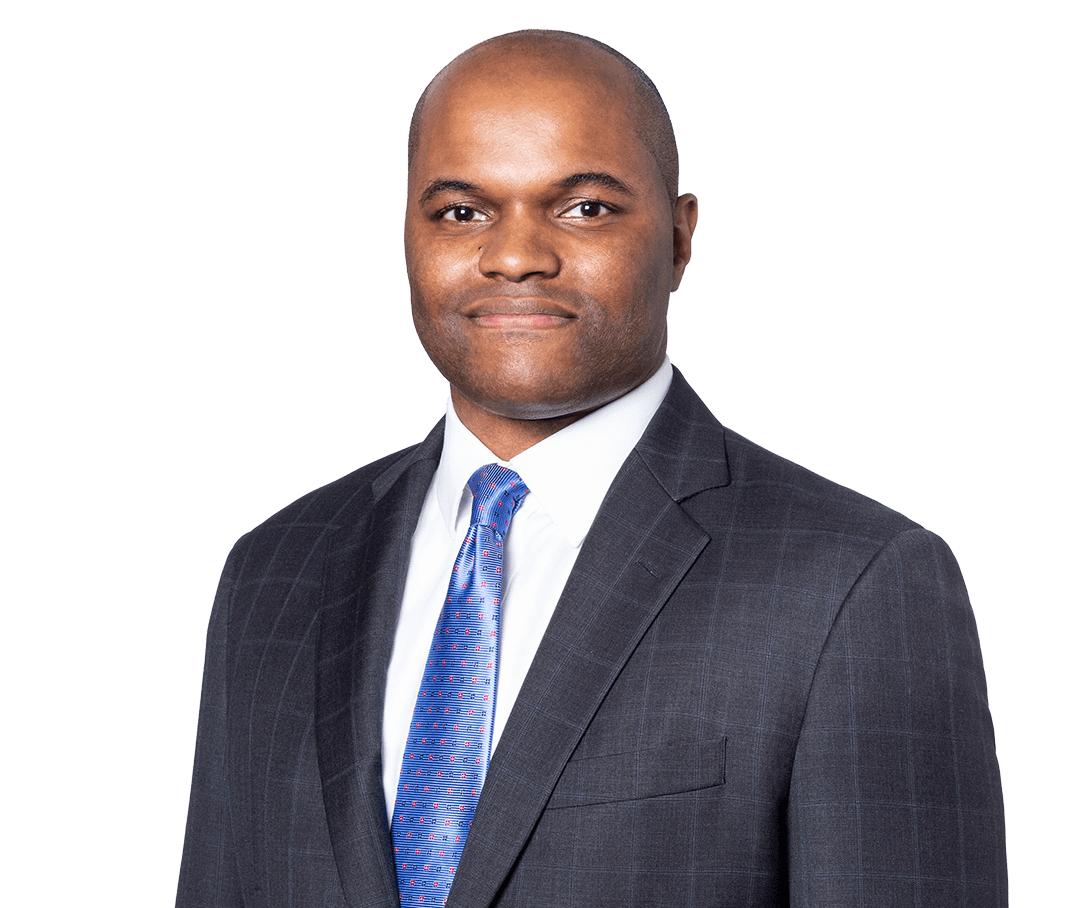Section One’s Shining Moment: A new antitrust lawsuit threatens the NCAA
April 17, 2014 | By: Matthew I. W. Baker, Esq.
This year, the term “March Madness” meant more than basketball tournaments to the National Collegiate Athletic Association, its conferences and member schools. On March 17, 2014, a group of college basketball and football players filed a federal class-action lawsuit in New Jersey against the NCAA and its five “power” conferences (the Southeastern, Big Ten, Pacific-12, Atlantic Coast, and Big 12). The suit, Jenkins v. NCAA, alleges violations of Section 1 of the Sherman Antitrust Act, and seeks to remove the cap on compensation that colleges and universities can provide to their Division I basketball and Football Bowl Subdivision players. The rules targeted by the suit also allow the NCAA to deny athletic eligibility to individual players, and to sanction or boycott its member schools who do not comply with the NCAA’s rules regarding athlete compensation.
The Jenkins plaintiffs assert that these rules are really a price-fixing and boycotting scheme that violates the Sherman Act, which broadly prohibits competing business entities from entering into agreements – “horizontal agreements” – that restrain trade. The Supreme Court has declared horizontal maximum price-fixing to be per se illegal under Section 1, meaning the practice will be deemed illegal without further inquiry into its reasonableness or its beneficial effects. Group boycotts have also been found per se illegal by the Supreme Court under Section 1, but only when the boycotting entities have market power; otherwise courts will apply the “rule of reason” approach which permits inquiry into the purpose of the boycott and its effects on competition.
The NCAA is no stranger to antitrust allegations under Section 1. In a seminal case, the Supreme Court in NCAA v. Board of Regents, 468 U.S. 85 (1984), held that the NCAA’s then-current television plan, which limited the number of times college football teams could appear on television each season, violated Section 1. And two pending Section-1-based class-actions against the NCAA have already garnered significant publicity. The first case, filed in 2009 by former UCLA basketball star and former New Jersey Net Ed O’Bannon, confines its arguments to compensation derived from the use of players’ names, likenesses and images by broadcasters. The second case, filed weeks ago by former University of West Virginia running back Shawne Alston, confines its arguments to the NCAA rules that cap the value of full athletic scholarships below the full cost of attendance. The Jenkins case generally makes the same arguments and allegations as the O’Bannon and Alston suits, but does not seek monetary damages on behalf of the entire class, and seeks to invalidate the overall limit on compensation for athletes (unlike those prior suits).
Jenkins may be the most direct legal challenge to the NCAA’s amateurism model yet, but it faces significant obstacles. Most importantly, although the Supreme Court invalidated the NCAA’s television plan in Board of Regents, the Court also stated that some horizontal restraints on competition, including requirements that athletes attend classes and remain unpaid, were “essential” to the availability of the NCAA’s product – intercollegiate athletic competitions. Therefore, the Court held that the rule of reason, instead of the per se rule, should be used to evaluate the NCAA’s policies. Employing the rule of reason, multiple federal courts applying Section 1 have upheld NCAA policies regarding individual and institutional sanctions.
The Jenkins plaintiffs will likely have to argue that the Supreme Court’s statement regarding the essentiality of not paying players was dicta that does not bind lower courts, and that the ever-increasing amount of money flowing into big-time college football and basketball justifies a thorough evaluation of whether caps on athlete compensation support or undermine competition in big-time college sports. The O’Bannon plaintiffs used similar arguments to successfully avoid dismissal of their claims last November, and even to partially prevail on summary judgment in April of this year – two rulings on which the plaintiffs in Jenkins will heavily rely. However, questions regarding what rules the NCAA can promulgate in the name of promoting amateur athletics are very real, and likely cannot be answered by simply pointing to escalating coaches’ salaries, valuable broadcast contracts and licensing agreements, or even the recent National Labor Relations Board ruling that football players at Northwestern University qualify as university employees and can unionize.
The NCAA may be the favorite in its matchup against the players in this newest case. But in litigation, as in March Madness, anything can happen.
Tags: Class Action • Anti-Trust

